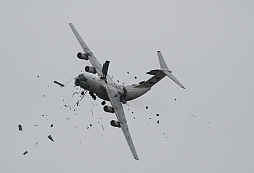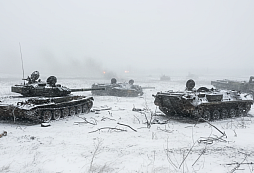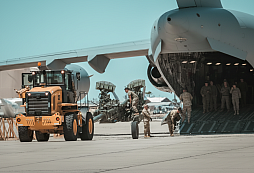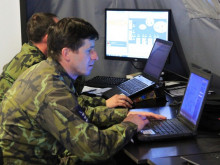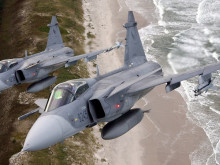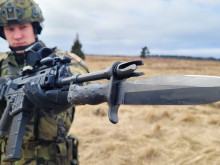Self-propelled Howitzer NEXTER Caesar for the ACR: Combat-proven Concept
Our army should purchase 52 pieces of French self-propelled howitzers Caesar of 155mm caliber, simulators, but also other equipment in the years 2022 – 2026. According to the Ministry of Defence, this is the most advantageous offer with a total value of six billion crowns, i.e. about 105 million crowns per piece. Caesar will be purchased directly on the basis of an exception and was preferred to the Zuzana system from Slovakia. What are the main differences between the new howitzers and the current howitzers Dana type 77?
"It became clear that based on the 80 key technical parameters that were evaluated, Caesar from the French company Nexter came out best,” said Defence Minister Lubomír Metnar. If we look at the current Dana howitzers and the future Caesar's howitzers, we can carry out a small comparison of their abilities, advantages, or disadvantages.
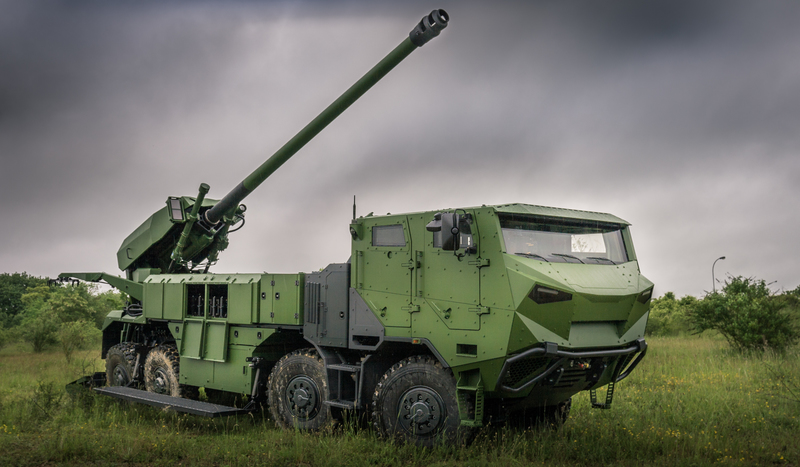
Picture: Self-propelled howitzer Caesar 8x8 on a Tatra chassis | NEXTER
There are rumours on social networks that the Nexter Caesar system is a great expedition self-propelled howitzer, but not so suitable for territorial defence. We consider this opinion to be relevant, but let everyone make their own picture. One thing is certain. It is not an unproven machinery. There have been manufactured already 300 pieces of Caesar howitzers and France has actively used these systems in Mali, but also in Afghanistan and Iraq. Moreover, France is not the only user of the Caesar howitzer. These machines are also used by Indonesia, Saudi Arabia, Thailand and Lebanon. In Europe, Denmark ordered these cannons in the 8x8 chassis configuration from Tatra last year. But back to the comparison of the Caesar and Dana howitzers.
The basis for both howitzers is a chassis in an 8x8 configuration. The development of Dana was completed in 1976 in the Slovak company Konštrukta Trenčín, and a year later Dana was introduced into the Czechoslovak People's Army's armament. The factory ZŤS Dubnica nad Váhom in Slovakia subsequently manufactured a total of 672 self-propelled cannon howitzers of the type 77. The successor of the Dana howitzer is the Zuzana howitzer, which already meets the NATO standard, i.e. 155mm caliber. The Caesar howitzer was developed by the GIAT Industries company. The first order for 5 howitzers for the French army was signed on September 20, 2000. These first five pieces were delivered in 2003. After military tests, another 72 pieces were ordered at the end of 2004. As has already been mentioned, a total of about 300 pieces have been produced to date. Even with the planned number for the Czech Armed Forces, it is still about half the production the Dana howitzers have had.
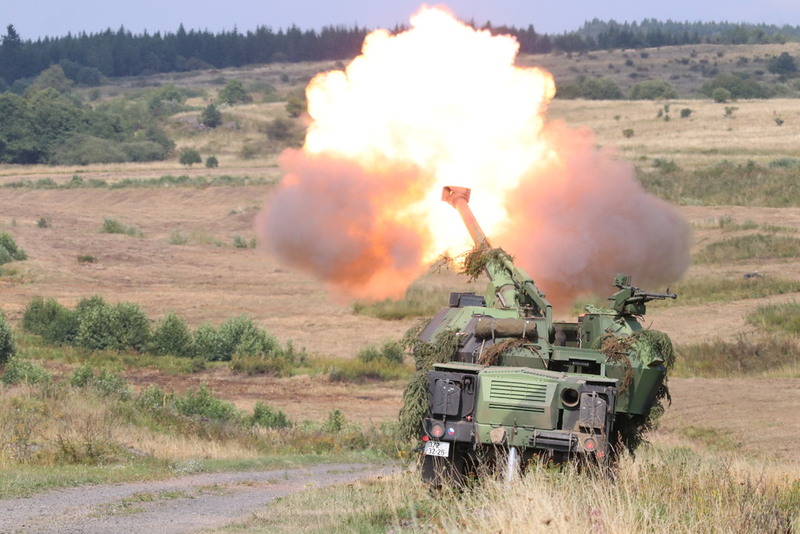
Picture: The DANA 77 type 77 self-propelled gun howitzer in the international exercise Joint Fires 2019 | army.cz
Let's take a look at the most striking differences in the comparison of the parameters of both machines. While Dana in 152mm caliber has a maximum firing range of slightly over 20 kilometers, Caesar in 155mm caliber has a firing range of over 40 kilometers, and with an additional missile unit it is about 55 kilometers. Thus, even at the base form, Caesar reaches twice the firing range of the Dana howitzer. There is also a significant difference in the weight of both machines. The self-propelled howitzer Dana type 77 weighs about 29 tons, which is 12 tons more than Caesar. The higher weight detracts from Dana's dynamics in comparison to Caesar. At maximum speed on the road, Dana lags behind Caesar by 20 km/h. Its maximum speed is 80 km/h. However, Dana allegedly has a higher range. It is stated that its range is 740 km (or even 800 km on the official website of the Czech Armed Forces). Caesar's stated range is of 600 km. But let's wait for the official values of this parameter when signing the contract.
From all the information above, it is clear that Caesar is a modern high-performance howitzer, which can also be easily transported by a fleet of aircraft such as the C-130 Hercules, etc. The Caesar's rate of fire is 6-8 rounds per minute, Dana's is about 5 rounds per minute.
However, what is a significant difference between the two machines is the protection of the crew. While Dana allows for shooting with a crew hidden in a resilient cab (where a 12.7 mm machine gun is also mounted to protect the crew) thanks to the automatic loading (manual loading is only an emergency option), Caesar does not allow for that. In Caesar's case, the crew must get out of the cab and load de facto semi-automatically. No other weapons are mounted, only the crew's personal weapons are at hand (probably Bren 2 assault rifles and CZ pistols). Some may consider this a weak point. In addition to protecting the crew, Dana also has a filter ventilation device that allows operation in infected areas. The filtration system in the cab will undoubtedly be offered by Caesar as well, but due to the need for the howitzer operator to leave the cab during the shooting, the soldiers will probably have to use protective clothing in the event of a threat.
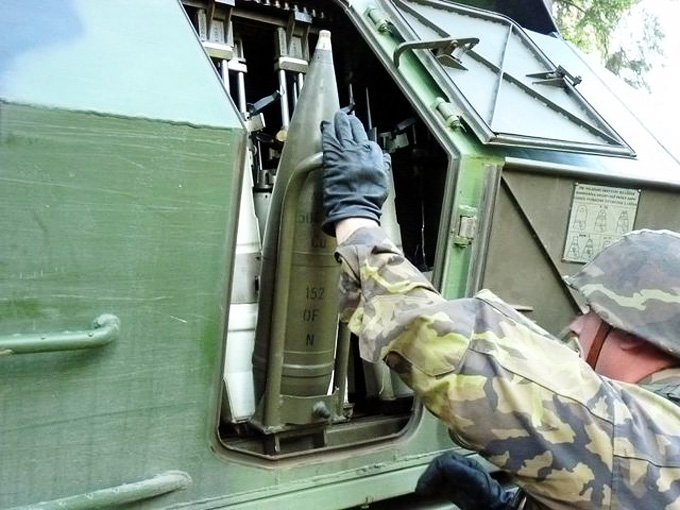
Picture: While Dana allows for shooting with a crew hidden in a resilient cab (where a 12.7 mm machine gun is also mounted to protect the crew) thanks to the automatic loading (manual loading is only an emergency option - see photo), Caesar does not allow for that. | army.cz
I consider the purchase of new self-propelled howitzers to be a very positive step and I am glad that our army continues to modernize itself despite the difficulties caused by the coronavirus. If the ACR continues to modernize its equipment, it could eventually be able to meet its alliance commitments.
It is also worth mentioning that despite the acquisition of the new Caesar howitzers, the Dana's self-propelled howitzers will be kept in reserve, especially because of the large amount of ammunition purchased. The stock allegedly amount to billions of crowns.

















